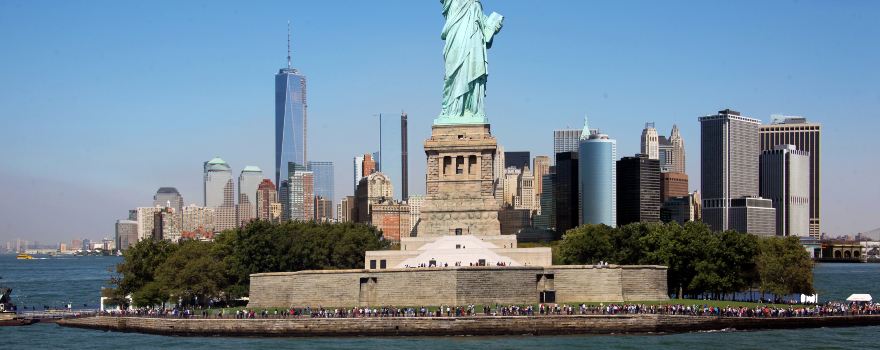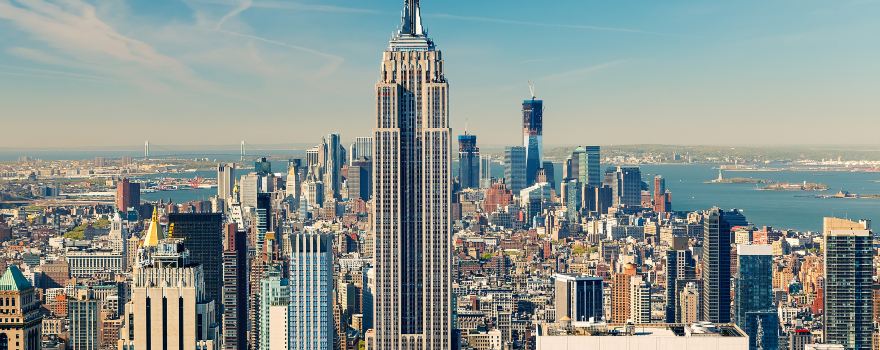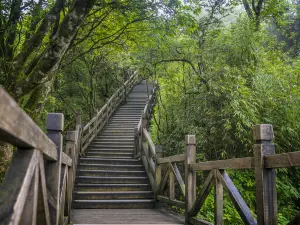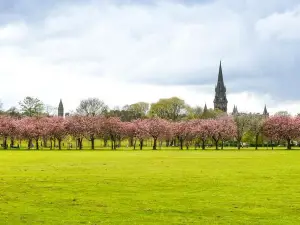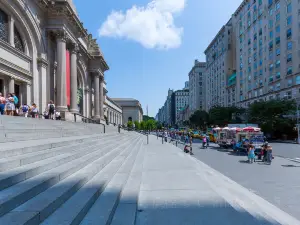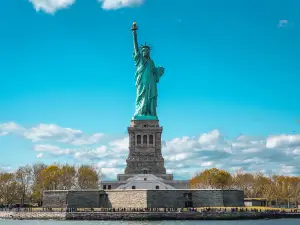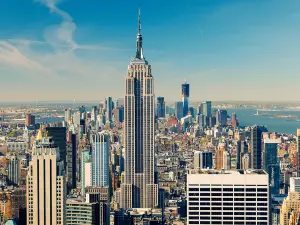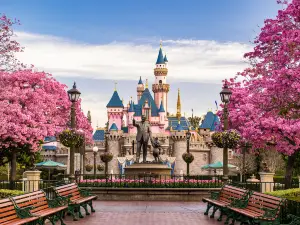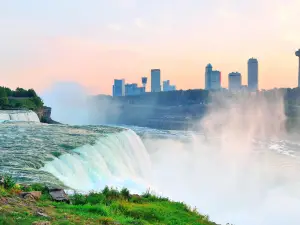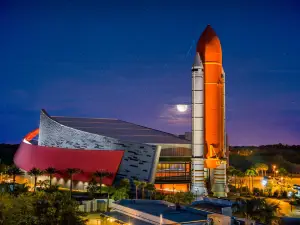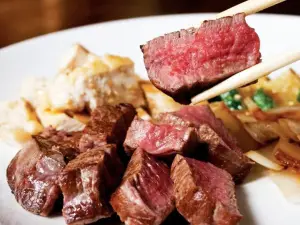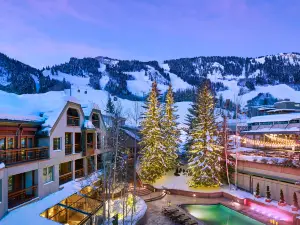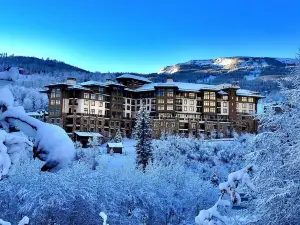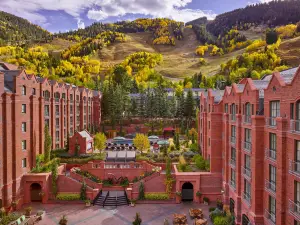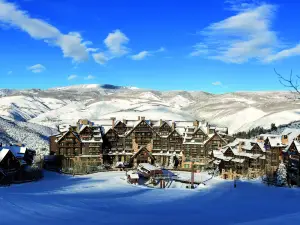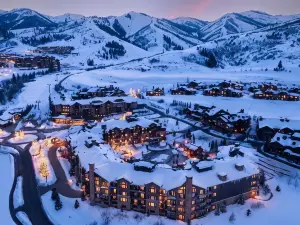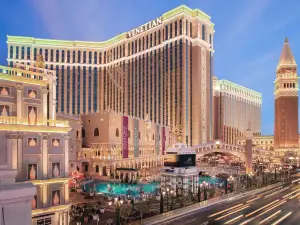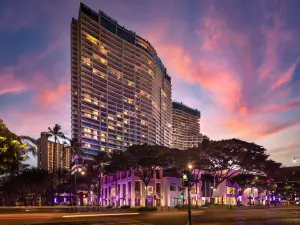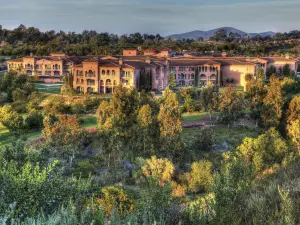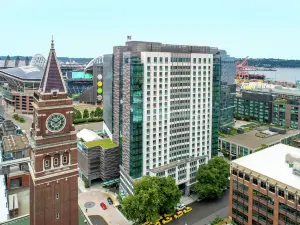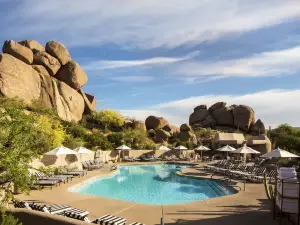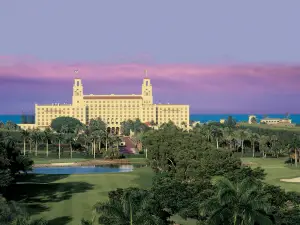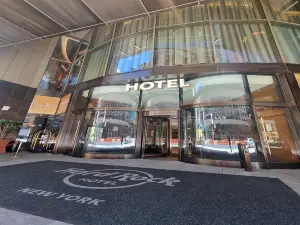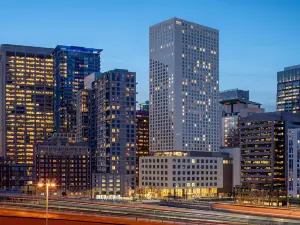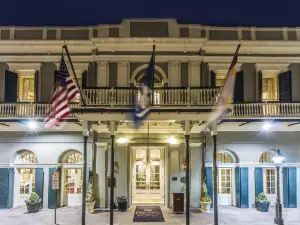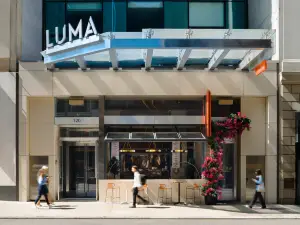2025 United States Travel Guide: Weather, Transportation, Popular Attractions, and Everything You Need (Updated 2025 4)
About United States
Recommended trip: 10–15 day(s)
Recommended trip: 10–15 day(s)United States Local Experiences Map
United States Local Travel Guide 2025
United States Brief Guide
The United States, a melting pot of cultures, offers a wealth of attractions for all types of travelers. Its vibrant diversity, shaped by indigenous people and global settlers, creates a blend of traditions, cuisines, and celebrations. Rich in history, the U.S. boasts sites and museums that reflect its dramatic past. Natural wonders like the Great Smoky Mountains and the Grand Canyon provide unparalleled vistas, while urban landmarks such as Times Square and Washington D.C.'s National Mall reveal the nation's historical depth. For food enthusiasts, the U.S. presents a culinary cornucopia, from farm-fresh Californian meals to unique dining in a Boeing tanker in Colorado, and secret food tours in cities like New York and San Francisco, showcasing America's agricultural and gastronomic bounty.
United States Best Time To Visit
The best time to visit the United States is during the shoulder seasons of spring (March to May) and autumn (September to November). These seasons offer mild temperatures and fewer crowds, making it ideal for exploring natural and urban attractions. You can enjoy the vibrant blooms and pleasant weather in spring, while autumn provides spectacular fall foliage across various regions. Additionally, traveling during these periods could be more budget-friendly as accommodations and attractions generally have lower prices than peak season.
United States Must-try Local Experiences
1. Explore New York City's Iconic Landmarks Visit the Statue of Liberty, Times Square, Central Park, and the Empire State Building for a mix of history, entertainment, and breathtaking views. 2. Experience the Grand Canyon Marvel at the vastness of the Grand Canyon in Arizona through hiking, helicopter tours, or simply enjoying the view from the rim. 3. Discover Washington, D.C.'s Monuments Explore the National Mall to visit the Lincoln Memorial, Washington Monument, and the U.S. Capitol, offering a deep dive into American history and politics. 4. Enjoy the Magic of Disneyland and Disney World Experience the enchantment of Disneyland in California or Disney World in Florida with rides, shows, and character meet-and-greets. 5. Tour the National Parks Visit Yellowstone, Yosemite National Park, and the Great Smoky Mountains National Park for stunning landscapes, wildlife viewing, and outdoor activities like hiking and camping. 6. Attend a Broadway Show Experience the magic of live theater on Broadway in New York City, offering a variety of musicals and dramas. 7. Visit the Smithsonian Museums Explore the vast collection of museums in Washington, D.C., including the National Air and Space Museum and the National Museum of American History, with free admission. 8. Experience Jazz in New Orleans Immerse yourself in the vibrant jazz scene of New Orleans by visiting famous venues like Preservation Hall for live performances. 9. Attend the Coachella Music Festival Join music lovers at the Coachella Valley Music and Arts Festival in California for performances by top artists and art installations. 10. Sample Local Cuisine Try regional specialties like New York pizza, Southern barbecue, and New England clam chowder, reflecting the cultural heritage of each region. Savor classic American desserts like apple pie, cheesecake, and brownies to experience American culinary traditions. 11. Shop on Fifth Avenue Experience luxury shopping on New York City's Fifth Avenue with high-end boutiques, department stores, and flagship stores of major brands. 12. Capture the Golden Gate Bridge Take stunning photos of the Golden Gate Bridge in San Francisco, with its iconic red color and surrounding scenery. 13. Drive the Pacific Coast Highway Take a scenic drive along California's Pacific Coast Highway for breathtaking ocean views, charming coastal towns, and iconic landmarks.
United States Travel Tips
1. Plan Ahead for National Park Visits: Many popular national parks like Yosemite, Yellowstone, and Zion require advance reservations, especially during peak seasons. Book your entry passes and campsites months in advance to ensure access. Some parks use timed entry systems to manage traffic, while others require vehicle or hiking permits. 2. Museum and Attraction Operating Hours: Many museums and cultural institutions in the U.S. are closed on Mondays or Tuesdays. Some attractions, especially in mountainous or northern areas, may close during winter months. Verify operating hours and schedules in advance to plan your visit accordingly. 3. Tipping Culture: Tipping is expected in restaurants, bars, and for services. Generally, tip 15-20% in restaurants. 4. Public Transportation Variations: Public transit quality varies greatly between cities. Research your destination's options and consider renting a car if visiting multiple locations or rural areas.
United States Transportation
Travelers can reach the United States via multiple methods. The most connected means is by air, with numerous international airports across major cities like New York, Los Angeles, and Chicago that accommodate masses of international flights. For arrivals from neighboring Canada or Mexico, road travel is feasible with well-maintained and straightforward roadways allowing a pleasurable driving experience. Additionally, ferries operate from Canada, providing another although less time-efficient option for reaching the U.S.
United States Best cities to visit
Las Vegas is Nevada's most famous holiday city. You can take advantage of the top-quality services provided by luxury resort hotels or take in a world-class performance. Delicious food is abundant from all around the world or you can try one of the many sumptuous buffets offered at all hotel resorts. At night, the city comes alive and you can easily party till dawn in the brightly colored neon lights of the pubs, clubs, and bars. Red Rock Canyon is the perfect place for all kinds of outdoor activities like hiking and mountain biking. You can even take a helicopter to Arizona’s Grand Canyon for a sightseeing tour.
United States Useful Guide
It's essential to be aware of common natural disasters like hurricanes in coastal areas and earthquakes in the West and be prepared with appropriate contacts and tools. Always have the national emergency number, 911, ready for urgent crises and the Red Cross Emergency App to stay informed. For non-emergencies, knowing your local police and hospital numbers is beneficial. Prepare an emergency plan with your family, detailing actions for different crises and ensuring all members know their roles and meeting spots. Keep an emergency supply kit in your vehicle and home, including essentials like water, food, and medical supplies. Finally, it's crucial to drive safely by following traffic laws, using seat belts, and avoiding distractions like cell phones to prevent accidents. Always prioritize safety and readiness to handle unforeseen situations efficiently.
Trip.Best: United States
Popular Destinations


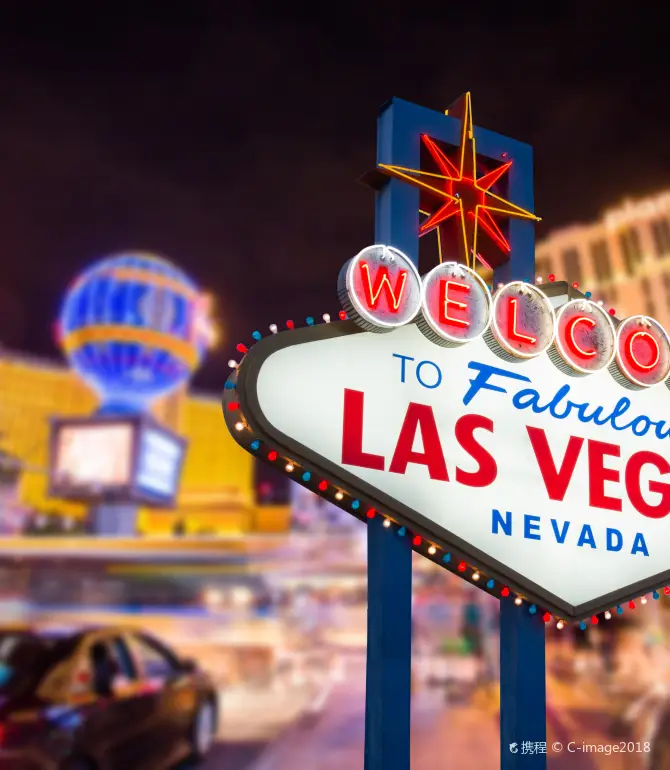
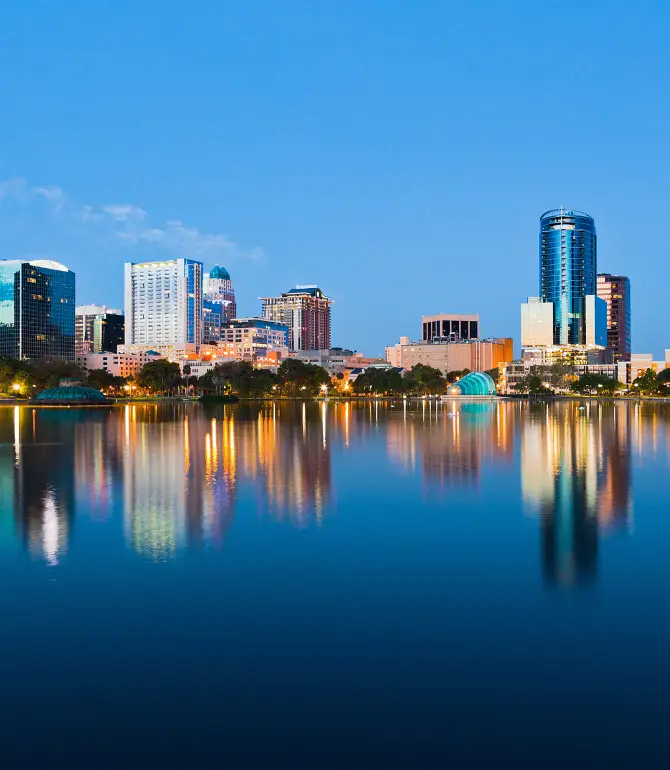
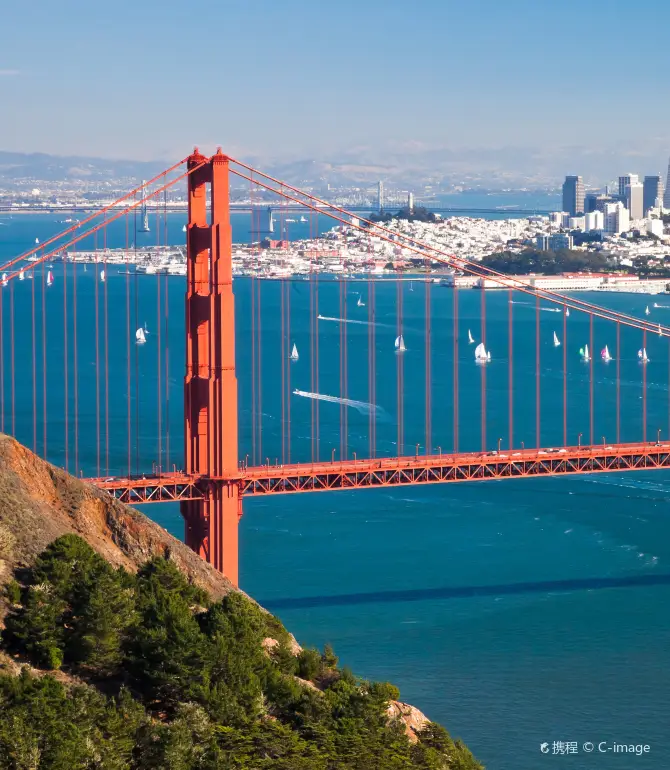
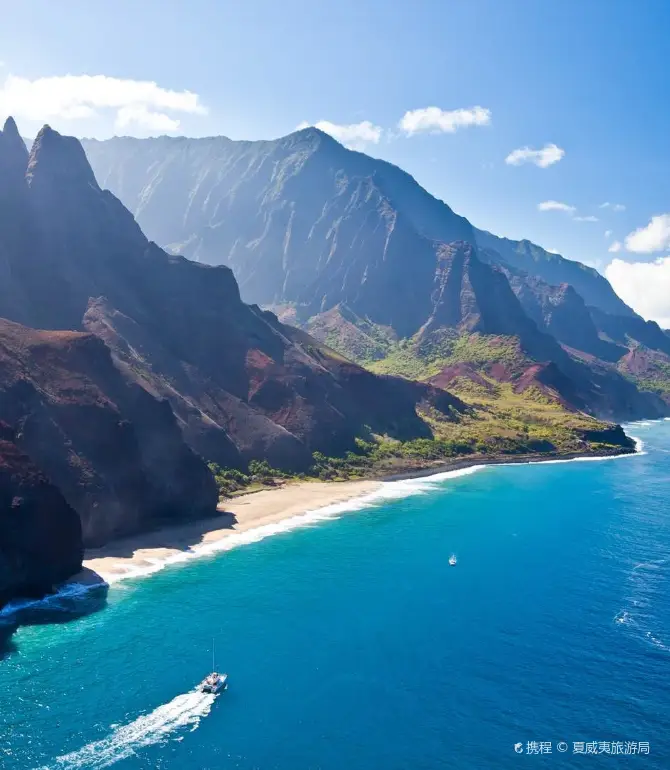

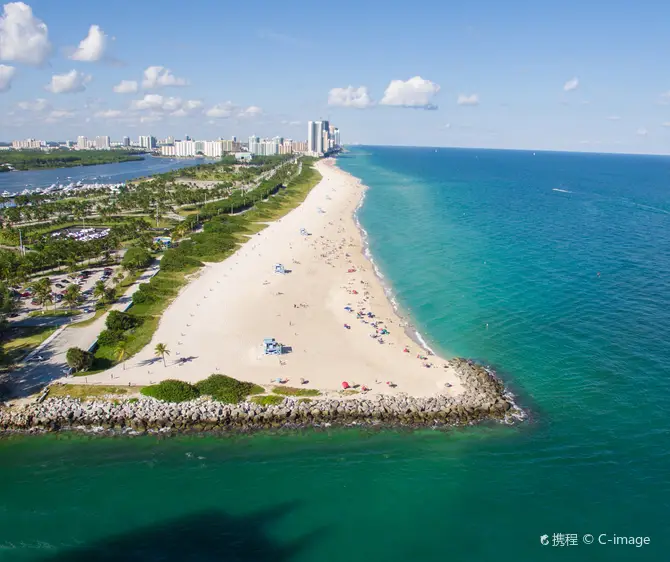
Things to do in United States
What to Do
What to Eat
Grand Central Oyster Bar & Restaurant New York
United States Moments: Through Travelers' Eyes

✨🚢 Magical Voyages with Disney Cruise Line – The Ultimate Family Cruise Experience! 🏰⚓

The Most Photogenic Place in New York - Brooklyn Bridge

I'm back from Hawaii, and I really don't recommend it.

🚢🌊 Ultimate Cruise Experience on Icon of the Seas – The World’s Largest Cruise Ship! 🏝️✨

Three Reasons to Visit Hawaii

New York 4-Day Trip

A 6-day itinerary for exploring the US on a budget

Iconic Statue of Liberty in NYC!
Best of United States
Site Operator: Trip.com Travel Singapore Pte. Ltd.
